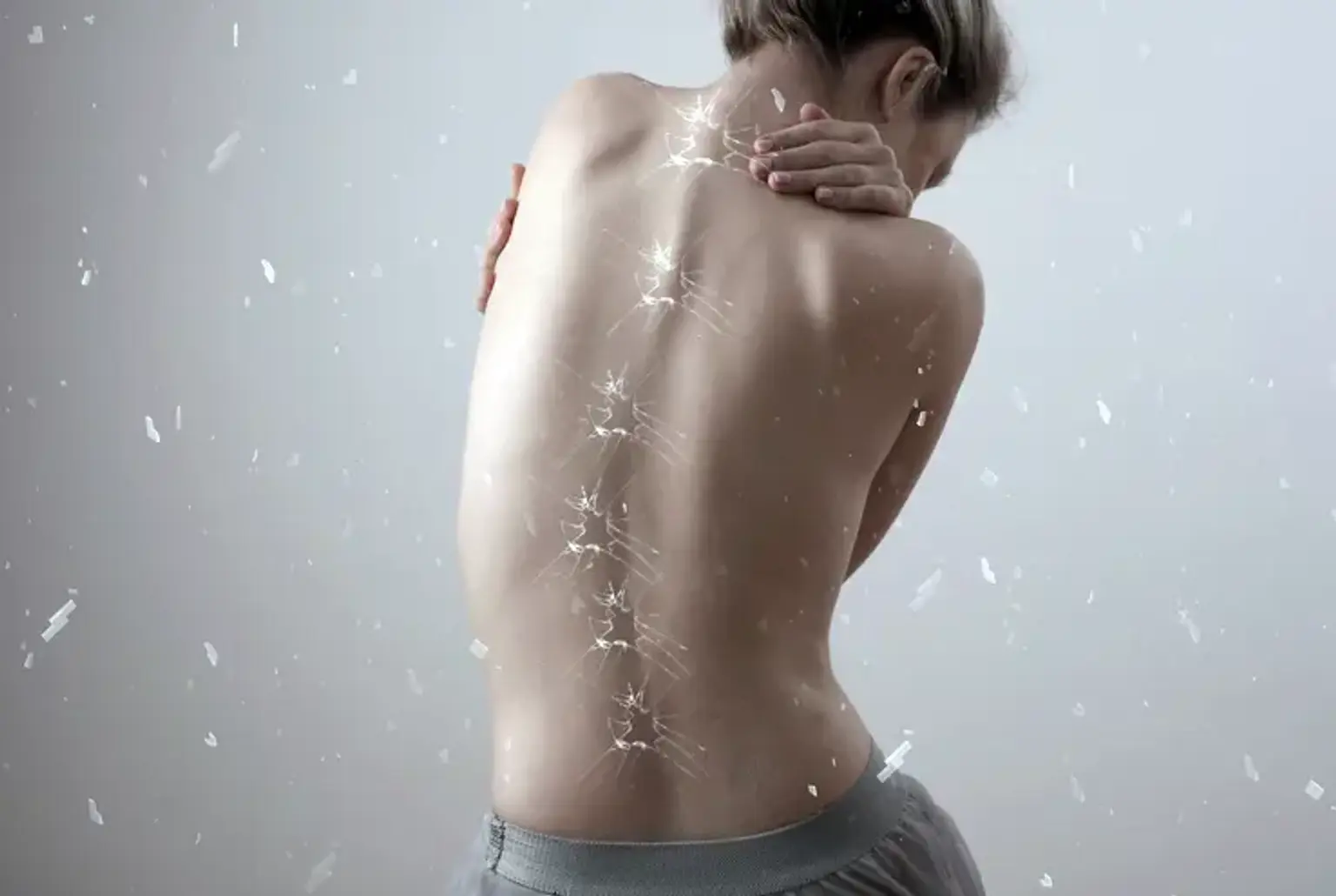Scoliosis & Spinal Deformity
Overview
A spinal deformity is a misaligned or curved bony vertebral column. Adult scoliosis and kyphosis can be caused by aging of the spine or consequences from previous procedures. When the facet joints and discs degrade over time, they are no longer able to sustain the spine's natural posture. Pain is caused by strained joints and pinched nerves, not by the incorrect curvature. Medication, physical therapy, injections, and surgery are all options for treatment.
